
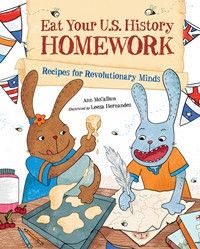
 |
| Colonial Cherry-Berry Grunt |
- Thanksgiving Succotash
- Colonial Cherry-Berry Grunt
- Lost Bread
- Southern Plantation Hoe Cakes
- Revolutionary Honey-Jumble Cookies
- Independence Ice Cream
 |
| Southern Plantation Hoe Cakes |
 |
| Revolutionary Honey-Jumble Cookies |
- I suggest creating a separate U.S. History series. I would also add more recipes to the book to increase its value. I am not sure how many people would pay almost $16 for only 6 recipes. However, there is a lot of history jam-packed in the pages. It'll just really depend on what they buyer is looking for in the book and what is considered most important to them.
- Some recipes were missing relevant details such as amounts and temperatures which could be added for more clarity. I wasn't sure how much bread to use in the Lost Bread recipe. I used a plug-in skillet for the corn cakes but I wasn't sure what temperature to use so I heated it to 325-375 degrees. I also wasn't sure whether the Cherry-Berry Grunt was supposed to be cooked on the stove at a low, medium, or a high temperature. I burnt my pan when making the Cherry-Berry Grunt recipe. I have been cooking for many, many years so I should have known better. I knew as soon as I read that the sugary cherry filling would be cooking at the bottom of the pan that there was a chance it would burn. The recipe never indicated a stove temperature. I cooked it on low, but it took forever to cook (longer than the recipe indicated) and it still burned. On the other hand, it tasted GREAT! Alyssa told everyone she talked to about it and how good it tasted. We just moved the burnt pieces aside. It took forever to scrub my pan and it is still not 100% cleaned off.




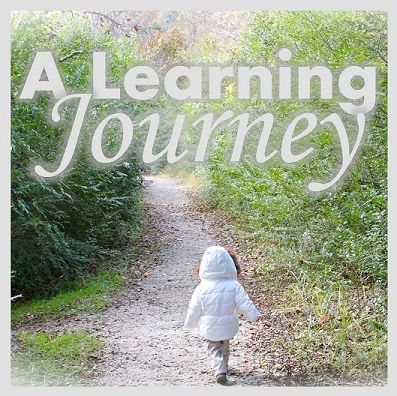







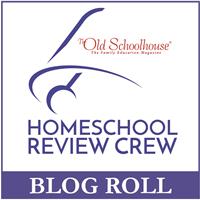






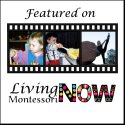
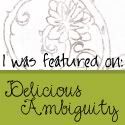





No comments:
Post a Comment